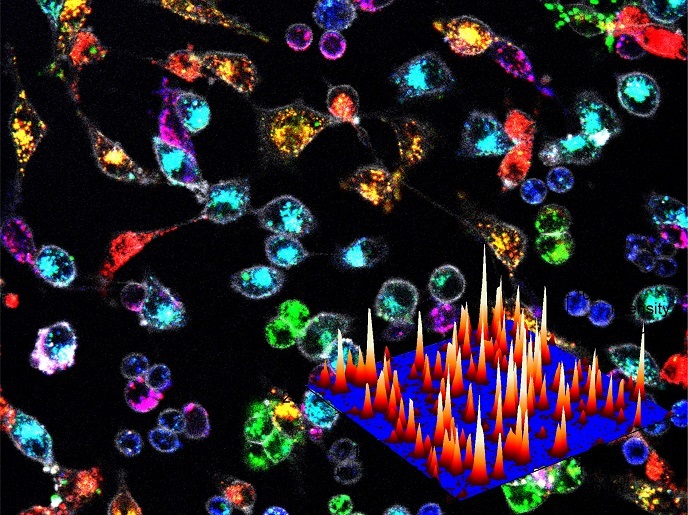Novel medical diagnostics for early cancer detection
Cancer is the second leading cause of death after heart disease. Improved prognosis depends on early diagnosis and tumour grading. Detection and mapping of the so-called sentinel node (SN) is critical for effective and minimally destructive biopsy as well as for cancer staging. This node, is the one most likely to contain malignant cells if a tumour has metastasised, or spread to other parts of the body. Conventional methods currently involve the use of radio-labelled substances and ionising radiation. Non-nuclear detection and imaging techniques are gaining increased attention. Scientists initiated the EU-funded project known as 'Magnetic nanoparticles combined with submicronic bubbles and dye for oncologing imaging' (Nanomagdye) to develop a novel, biocompatible labelling system for SN mapping. Scientists first sought to develop or modify hybrid nanoparticle systems of two types. One consisted of a magnetic iron oxide core onto which an organic dye layer was grafted, referred to as nano-objects. The other was an organic shell onto which nanoparticles were attached, referred to as magnetic microbubbles. The system combines optical and magnetic characteristics in a single nanoparticle, enabling high-resolution SN detection without the use of ionising radiation. In addition, the super-paramagnetic behaviour of the oxide nanoparticles will potentially enable the use of magnetic resonance imaging (MRI) prior to operating. The magnetic bubbles act as both magnetic and mechanical markers. These were designed such that a surgeon can use a conventional ultrasound probe after injection of the bubble suspension in order to define the skin mammary area for best access to the lymph nodes of interest. No commercially available surgical probe existed to detect nodes loaded with magnetic nanoparticles. In order to test the nanosystems in vivo using rat models, a novel magneto-optical probe was manufactured consisting of a Fluxset-type magnetic field sensor combined with an electromagnetic field generation coil or coils. Nanomagdye technology is expected to improve SN imaging and thus the early detection and staging of cancer. Using biocompatible nanoparticles with combined optical, magnetic and mechanical marking properties, the new system should enhance the resolution of spatial mapping without the use of ionising radiation.







